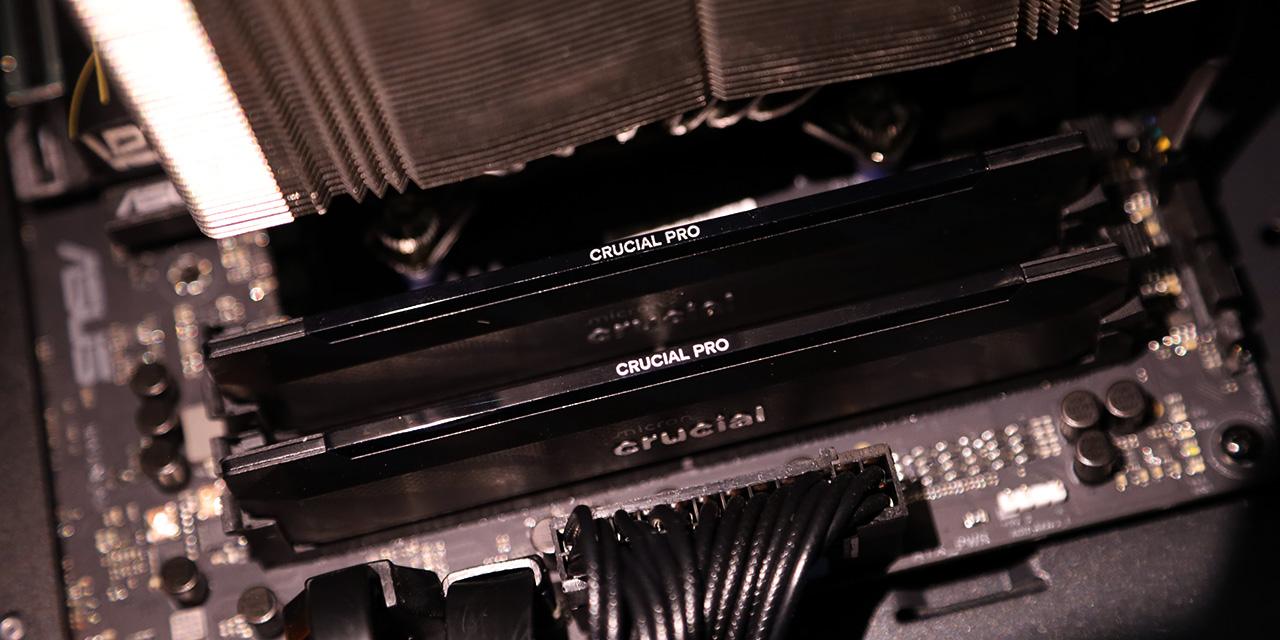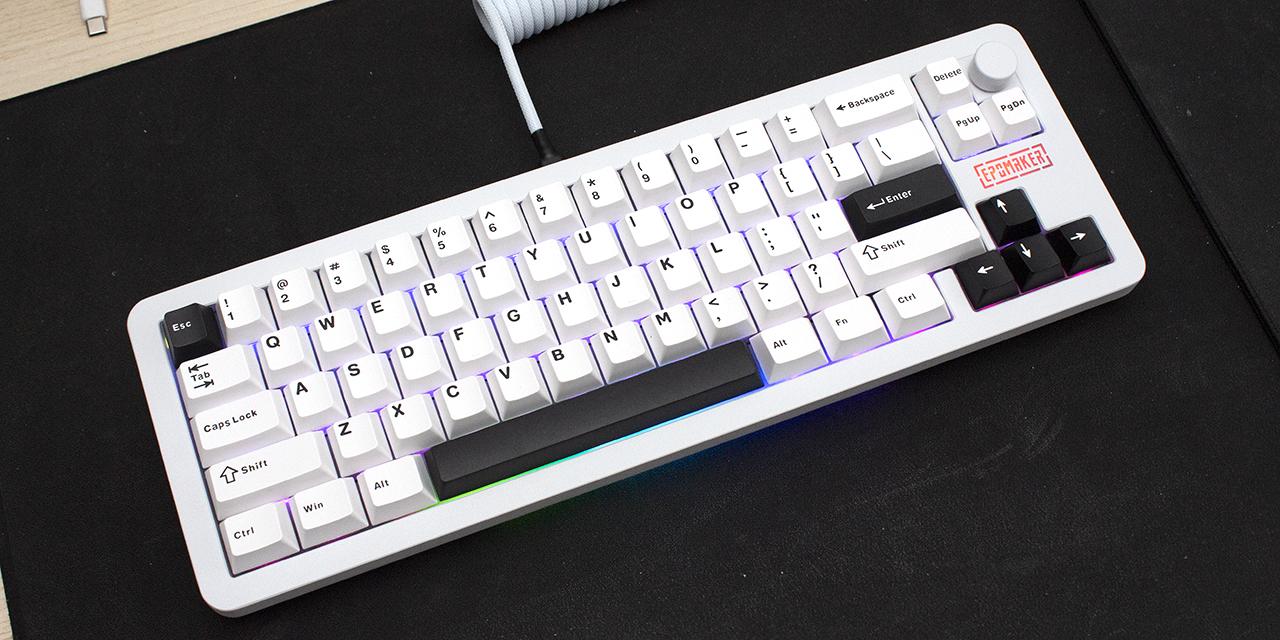|
From X-bit Labs: The former Hitachi Global Storage Technologies, which now belongs to Western Digital Corp., has announced a new helium-filled hard disk drive (HDD) platform, which allows installation of more than five platters per drive, something that increases capacity while significantly reducing total cost of ownership (TCO) for enterprise and cloud customers. The first helium-filled HDDs are expected to emerge in 2013. The helium-filled hard disk drives can incorporate up to seven platters inside typical 3.5" form-factor, which eliminates need for a breakthrough in areal density to create higher-capacity hard drives. Helium-filled HDDs will not only increase capacities of hard drives and decrease per-gigabyte costs, but may significantly improve datacenter TCO on virtually every level: capacity, power, cooling and storage density as they directly affect such measures as cost-per-terabyte, watt-per-TB, TB-per-system weight and TB-per-square foot. The density of helium is one-seventh that of air, delivering significant advantages to HGST’s sealed-drive platform. The lower density means dramatically less drag force acting on the spinning disk stack so that mechanical power into the motor is substantially reduced. The lower helium density also means that the fluid flow forces buffeting the disks and the arms, which position the heads over the data tracks, are substantially reduced allowing for disks to be placed closer together (i.e., seven disks in the same enclosure) and to place data tracks closer together (i.e., allowing continued scaling in data density). The lower shear forces and more efficient thermal conduction of helium also mean the drive will run cooler and will emit less acoustic noise. HGST will release specific capacities points and product specifications when the platform launches in 2013. With 1TB platters, which have been on the market for about a year now, 7TB HDD can become a reality already next year. At present it is unclear whether HGST intends to use helium-filing technology for consumer hard disk drives to boost their capacities, or the tech will only be used for enterprise-class HDDs. View: Article @ Source Site |
 |
Western Digital's Division Announces Helium-Filled Hard Drive Platform
© Since 2005 APH Networks Inc. All trademarks mentioned are the property of their respective owners.





